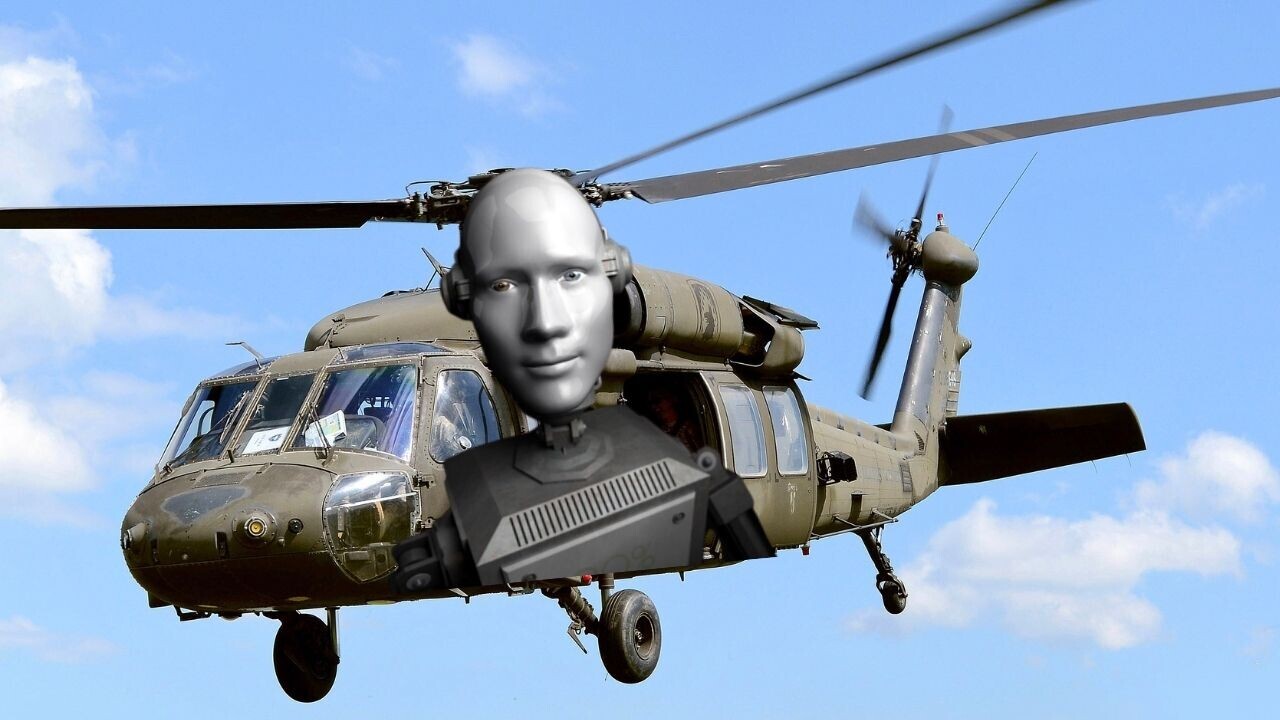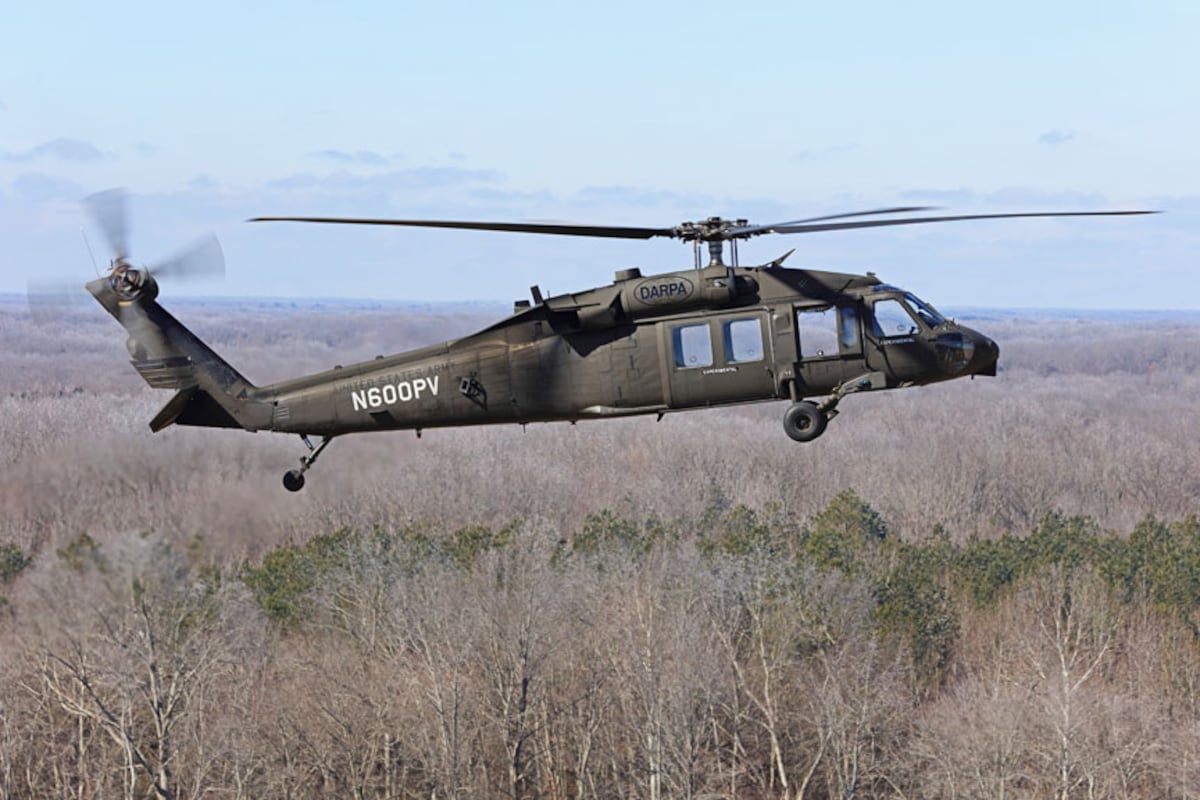Explore the Design Innovations Behind the Success of the Blackhawk Helicopter
Explore the Design Innovations Behind the Success of the Blackhawk Helicopter
Blog Article
Checking Out the Thrills and Innovations of the Blackhawk Helicopter
The Blackhawk helicopter stands as a testimony to armed forces aviation's development, merging technical innovations with useful applications. Given that its introduction in the 1960s, it has actually transformed the landscape of aerial support, boasting features that improve its performance in various functional roles. As we examine its historical importance and essential innovations, one should think about just how forthcoming advancements may redefine its capacities. What lies in advance for this renowned aircraft, and how will arising innovations shape its future in military operations?
Background of the Blackhawk Helicopter
Because its beginning in the 1960s, the Blackhawk helicopter has actually played a critical role in contemporary military aviation. Created by Sikorsky Airplane, the UH-60 Blackhawk was made to meet the U.S. Army's need for a functional energy helicopter with the ability of doing a variety of objectives, consisting of troop transport, medical evacuation, and freight airlift. The style was a response to the constraints of earlier helicopters, specifically in regards to ability to move, survivability, and rate.
The Blackhawk made its very first trip in 1974 and quickly went into service in 1979. Its introduction noted a considerable development in helicopter modern technology, featuring a two-rotor system that enhanced efficiency and stability. The aircraft's tough building and progressed avionics enabled it to run properly in varied environments and conditions.
Throughout the years, the Blackhawk has actually been constantly updated, including lessons found out from various fight situations. Its implementation in disputes such as the Gulf War, Somalia, and the Battle on Horror more strengthened its online reputation as a crucial possession. The Blackhawk's heritage is characterized by its flexibility and strength, making it a cornerstone of army air travel for decades.
Key Functions and Specs
The Blackhawk helicopter is differentiated by its robust style and advanced technological attributes, which jointly enhance its operational abilities. Designed largely for utility objectives, the Blackhawk boasts an optimum takeoff weight of approximately 22,000 pounds, permitting it to lug significant payloads while keeping dexterity.
Equipped with two General Electric T700-GE-701C engines, the Blackhawk achieves an optimal speed of around 183 knots and a variety of 368 nautical miles - Blackhawk Helicopter. Its modern rotor system features a four-blade major blades and a four-blade tail rotor, guaranteeing security and maneuverability in various flying problems
The helicopter's cabin can accommodate as much as 11 troops or different freight arrangements, showcasing adaptability in objective profiles. Additionally, the Blackhawk is created with sophisticated avionics, including digital trip controls and a thorough cockpit screen, improving pilot situational awareness.
For enhanced survivability, the Blackhawk integrates ballistic shield and self-sealing fuel containers. Its ability to operate in varied atmospheres, from deserts to icy terrains, better strengthens its reputation as a trustworthy platform for military and humanitarian operations alike. The Blackhawk's mix of power, flexibility, and strength makes it a foundation of modern aerial capacities.
Improvements in Innovation
Advancements in modern technology have considerably boosted the capacities of the Blackhawk helicopter, ensuring it continues to be at the leading edge of military aeronautics. One of the most notable advancements is the combination of innovative avionics systems, which give boosted situational awareness with real-time information handling and display screen. This modern technology permits check my reference pilots to navigate intricate environments better, enhancing goal success prices.

In addition, the introduction of digital fly-by-wire systems has actually changed the control mechanisms of the Blackhawk, providing smoother handling and increased responsiveness. Jointly, these technological advancements make sure that the Blackhawk helicopter stays a crucial asset in contemporary army operations.
Functions in Armed Force Procedures
With sophisticated technology enhancing its abilities, the Blackhawk helicopter plays a complex duty in army procedures. Mainly, it is employed for troop transport, making it possible for quick release and extraction of employees in different battle circumstances. Its large cabin can suit up to 11 troops, making it a necessary property for large-scale missions and special procedures.
In Addition, the Blackhawk works as a medevac platform, equipped to transport wounded soldiers quickly and efficiently from the battlefield to clinical facilities - Blackhawk Helicopter. Its versatility includes logistical assistance, where it brings materials and devices vital for maintaining military operations in remote areas

The helicopter is also instrumental in reconnaissance goals, giving airborne monitoring and intelligence-gathering capacities. Its capability to operate in varied atmospheres-- varying from city setups to extreme surfaces-- further strengthens its value on the field of battle.
Moreover, the Blackhawk can be equipped with advanced weapons, allowing it visit this site to engage in combat and offer close air support. This versatility emphasizes the helicopter's indispensable role in modern-day army methods, making it an essential element of armed pressures worldwide.
Future Dopes and Innovations
Improvements in technology promise to usher in a new age for the Blackhawk helicopter, boosting its capabilities and operational performance. As the armed forces landscape advances, so too does the emphasis on integrating innovative innovations into rotary-wing airplane. Future advancements for the Blackhawk might include improvements in avionics, such as hop over to here advanced flight control systems and boosted situational understanding tools powered by artificial knowledge. These innovations will certainly facilitate a lot more precise navigating and decision-making in complicated environments.
Additionally, the assimilation of unmanned systems is on the perspective, potentially enabling manned-unmanned teaming procedures that can increase objective accounts and reduce threat to personnel. The Blackhawk's layout is also anticipated to incorporate lighter and more powerful materials, enhancing fuel efficiency and general efficiency.

Verdict
Finally, the Blackhawk helicopter represents a substantial accomplishment in armed forces air travel, characterized by its versatility and advanced technical features. Its historic evolution mirrors a continuous reaction to functional requirements, improving capabilities in various roles such as army transport and medevac procedures. Continuous innovations, consisting of the assimilation of expert system and hybrid-electric propulsion, assure to further reinforce the Blackhawk's efficiency and significance in future military interactions, ensuring its condition as a vital asset on the combat zone.

With innovative modern technology improving its capabilities, the Blackhawk helicopter plays a complex duty in military operations. (Blackhawk Helicopter)
Report this page